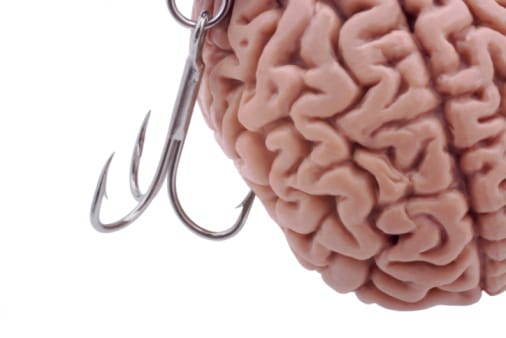Although addiction treatment is a relatively new field, a significant body of research shows that addiction is a chronic illness similar to asthma, hypertension and diabetes. The American Society of Addiction Medicine defines addiction as “a primary, chronic disease of brain reward, motivation, memory and related circuitry.” Consistent differences in neurophysiology between addicts and non-addicts have been observed. Addicts are more impulsive and have difficulties with judgment and decision-making. They have memory problems that make it difficult to plan a schedule or get things done, and they have difficulty describing how they feel or recognizing how other people feel. When do these differences in the addicted brain first start to appear? Genetics appears to play an important role. Scientists have identified a number of specific genes that cause or contribute to addictions, with roughly half the risk being traced to genetic factors. Other developmental factors, such as abuse or neglect in childhood and other psychiatric problems such as depression, anxiety and certain personality disorders, also contribute. Research also shows that repeated drug use causes long-term changes in the structure and function of the brain, most notably the reward system, that are not reversed in the short term by abstinence alone. Many changes continue and may actually get worse in the weeks or months after someone stops using/drinking. Anyone who has ever been addicted to a drug is about 10 times more likely to become addicted to another drug. Just as diabetes and heart disease are lifelong diseases that can be managed with behavioral interventions (e.g., a healthy diet, exercise, medication), addiction is a disease with a lifelong course. Relapse rates for addiction are notoriously high, falling between 40 percent and 60 percent. Often, individuals who successfully stop using drugs later develop cross addictions to gambling, food, sex or other compulsive behaviors. When addiction is viewed as something other than a disease, it is more likely to be addressed by the criminal justice system rather than the health care system. This approach has a long history of failure. Addicts who get blamed for being weak or irresponsible often end up in short-term, “tough love” treatment programs that too often overlook some of the medications that have proven effective in promoting recovery; for example, naltrexone, which decreases cravings and blocks the high from opiates and alcohol, and buprenorphine, which stabilizes opiate receptors that have been altered by addiction and blocks the effects of heroin and street opiates. Perhaps most importantly, recognizing addiction as a disease reduces stigma and encourages some of the 23 million people struggling with this illness to get help.

